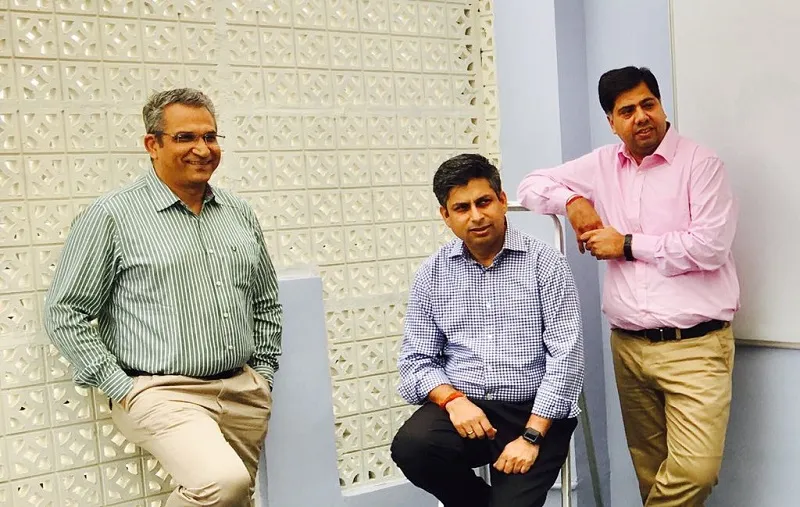Why fintech startup Sqrrl believes local languages are the key to financial inclusion
Financial services app Sqrrl recently launched in eight Indian languages. The team believes that true financial inclusion is possible only when a larger segment of the audience has access.
“True financial inclusion is possible only when you reach out to people in the language they are used to,” says Samant Sikka, Co-founder, Sqrrl, an app-based financial services platform. The company on Monday announced that it has launched its app in eight Indian languages and English.
The eight Indian languages include Hindi, Tamil, Telugu, Bengali, Marathi, Gujarati, Malayalam, and Kannada. Founded in May 2016, by Samant, Dhananjay Singh, and Sanjeev Sharma, Sqrrl was started with a vision to build a digital financial services platform that focusses on millennials. The app went live in March last year.
The team started with an initial offering around savings and investment products powered by mutual funds.
“One of the biggest thing I found in my experience is that access to financial services in the country has been dictated by ‘unit economics’, which has jaundiced the growth of the product and the access that it actually can give,” Samant says.
According to Samant, the world is divided into two halves - stay rich and get rich. He says the existing players in the ecosystem serve only the stay-rich half. They are the ones getting access to financial services and products and not the ones who fall under the “get-rich” segment.

What does the product do?
Since the focus has been on profitability and return on investment for investors, the financial services market has been restricted only to a select few. Sqrrl differentiates itself by offering unique mutual fund investment options suited for a young population - Sqrrl away for small automated investments and savings, Bring Your Own Dreams (BYOD) for goal-oriented investments, and Axe tax for optimal tax savings.
In the case of Sqrrl Away, the minimum savings amount is Rs 100. In case of BYOD, the minimum saving will depend upon the type of your goal and how soon you want reach it. For Axe Tax, minimum savings amount is Rs 1,000. The app-based investment platform has started on a dire questio to bring about financial inclusion in India.
Sqrrl’s team had to contextualise the translation in all languages, keeping in mind the ease of understanding for the end user, as a literal translation would not have solved the problem. Besides, expanding the scope of financial services to migrants and underserved segment in Metro and Tier I cities, Sqrrl aims to make the biggest impact in Tier II and Tier III cities and districts as well, where language is one of the most prominent barriers to financial independence.
The market
According to a KPMG report titled Indian Languages - Defining India’s Internet, only 57 percent of India’s digital payment user-base comprises active English users. This also points to limitations in the bank-led model of financial inclusion, both in terms of access and its ability to serve the common man.
There is heavy dependence on English language in the investment sector. Many users who are avid investors but unable to understand jargonised language and terms such as NAV, dividend reinvestment, etc., have to depend upon advisors and third parties for their investment needs. This app aims to simplify investments for such investors, who would now be able to take control of their investments.
“Because of language barrier, a large section of our society prefers to stay away from investment options like mutual funds. We don’t just need financial literacy in native language, availability of financial products in native languages is also a prime need,” Samant says.
Also, the market for localisation and Indian languages is fast adopting. Nasscom forecasts that, by 2020, 75 percent of new internet users would be consuming data in local languages. According to the forecast, rural India will be the predominant growth factor in the Indian internet user segment.
In 2017, mutual fund investments in India saw a monthly pipeline of Rs 5,000 crore, with industry AUM growing to Rs 21 trillion. This was about one-third of total bank deposits. Mutual fund investments are still under-tapped in India.
Given the complexity of mutual fund brokerage companies and their web services, app-based digital financial service providers are gaining market share, with their convenience and offerings.







